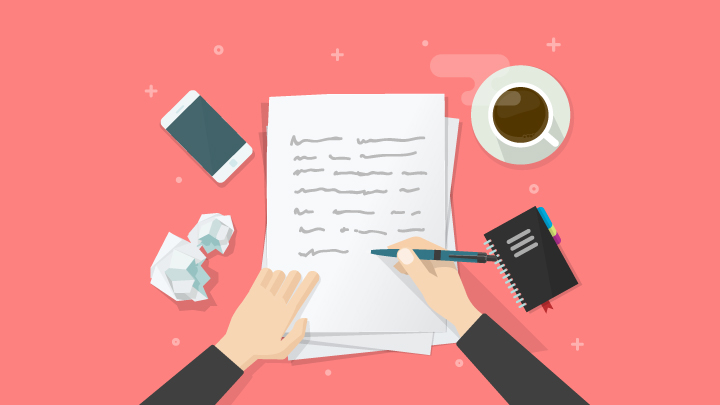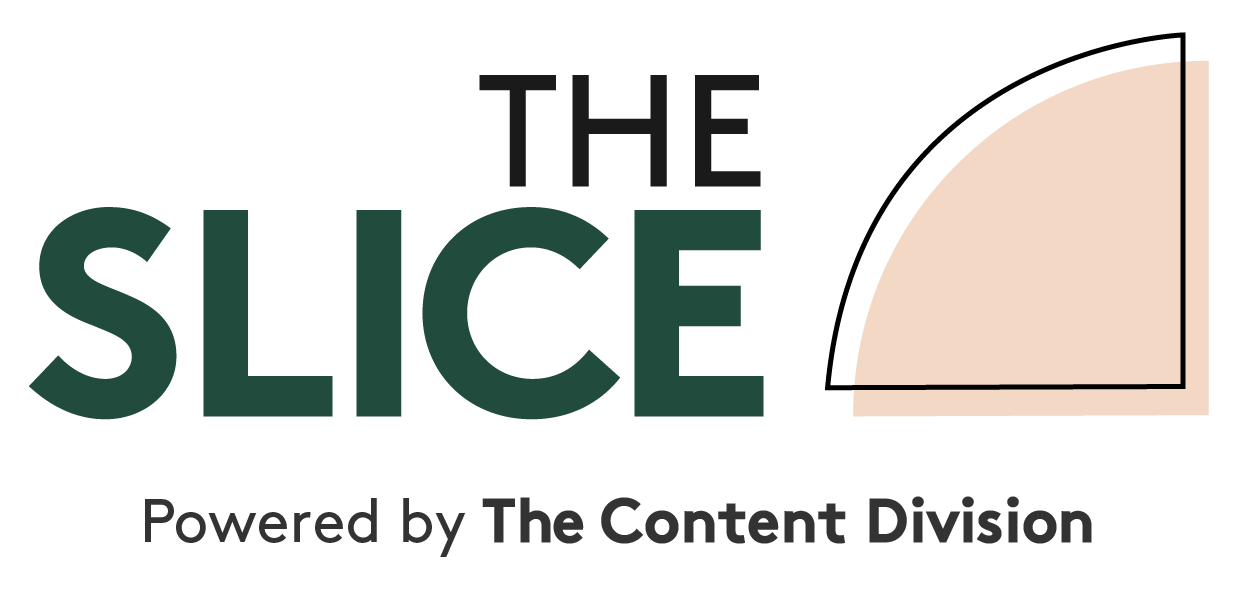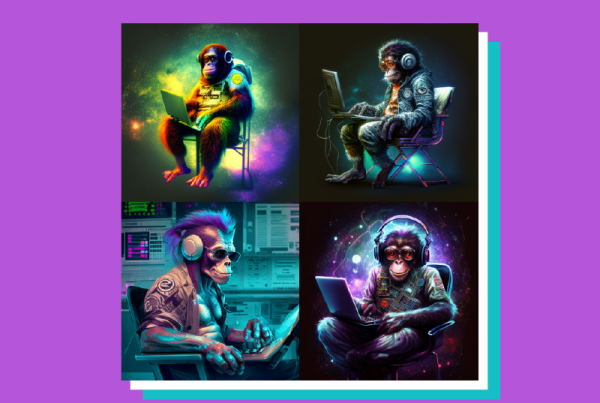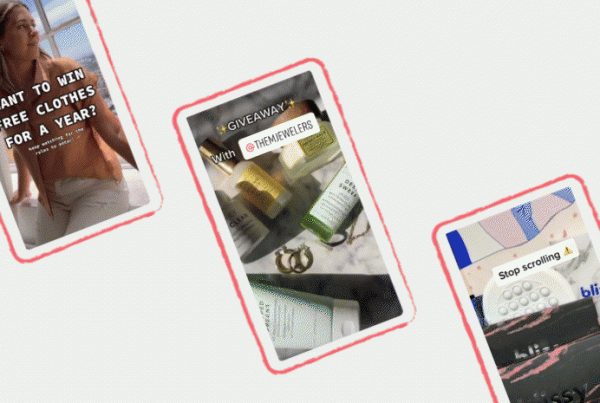
Phone conversations with strangers. When you think about it, most of the time that’s exactly what an interview is.
Thankfully, however, interviews have a purpose. You’re out to knock out some facts, scope out the background story and get your burning questions answered. So you won’t be left throwing around silly banter in search of the right thing to say.
That’s if you do it right.
Here’s a guide to nailing the art of the interview – some tips and pointers to get you on the right track, steal yourself some gem quotes and just generally polish up looking like a professional.
Interviews in-person of course bring with it some extra things to consider – body language, silent cues and choosing the right location, for starters. But all of these tips still apply.
1. First, prepare
Know what you want to get out of the interview. Do your research and develop an understanding of the topic. Then, contact your interviewee if you already know who it is. If not, by now you’ll know how to find them.
2. Be available
You’re busy. They’re busy. But without them, you don’t have the story, so it’s important to be flexible to accommodate their availability. Within reason. A deadline is still a deadline. So don’t be afraid to set expectations around realistic timeframes so everyone’s on the same page.
And when you first reach out, be aware that the very word ‘interview’ can scare people, so you can always say ‘can we have a chat’, ‘can I ask you a few questions on the topic?’ or something like ‘can we explore your opinion on that further?’
3. Plan your approach
Rarely does an interview done on the fly give you everything you need when it comes time to write your piece. That’s why thinking about what you want to write, what points you want to cover and what angle you’re taking is an important part of compiling your interview questions.
Benjamin Franklin was right when he said: “If you fail to plan, you are planning to fail”.
4. Ask great questions
Any question that warrants a plain ‘yes’ or ‘no’ answer is a terrible question. That goes 99 per cent of the time. Instead craft questions that are open-ended – that invite your interviewee to explain themselves, engage with the topic, add context and detail.
Make them great questions, not just good ones. Talk it through with a colleague if you have to. Your story rests on it.
5. But always keep a few surprises
If it’s a branded piece and you want your interviewee to be well-prepared, it can be helpful to send over questions beforehand.
But on that note, it’s always worth having an extra question or two up your sleeve so you can get some raw, off-the-cuff responses – usually perfect for injecting extra personality and flair, flow or context to your story. And as every career journalist knows, that’s often where the real gem comments are lurking for the taking – when your talent is least prepared.
If appropriate, you want to throw in an extra question that’s a little left of centre. You might be surprised where it takes you.
6. Be nice
Sounds obvious. But never underestimate the power of a genuine hello and friendly intro in those first few seconds. Because chances are if you want someone to open up and tell you what they really think, and if you need some of their personality or real personal insights to shine through, you’re going to want them to like you. At least a little bit.
Stay professional yet friendly. Get them engaged and relaxed from the outset – while being careful not to come across as a time-waster. Then jump straight into the questions.
7. Listen
People can always tell if you’re actually listening or if you’re just chasing words to put down on paper. And the better your listening skills, the more they’ll engage and open up to share what will perhaps become your killer opener, your punchy headline or your mic-drop of a finishing sentence.
By listening properly, you’ll also notice where the gaps are and won’t miss your chance to prompt for further explanation or perhaps pursue an alternate line of questioning.
8. ‘Why?’ and ‘How?’ are your best friends
Need more background? You can always interject to ask for further context. Simple questions like ‘How’ and ‘Why is that?’ are always good questions if they haven’t already addressed it in their spiel. And don’t forget, the question ‘How did that make you feel?’ can be one of your go-to moments in extracting that emotional moment for your story.
9. Clarify if you need to
Not sure you understood what they meant? Don’t be afraid to clarify. Accuracy is imperative.
10. Be flexible and go with the flow (but not always)
If the chat steers off script, that’s OK. As long as it appears to be going somewhere fruitful. You might very well learn something you never intended or discover a topic you can revisit another time.
However be careful not to get distracted from the point of your story. You don’t want to lead your interviewee too far off the path, because if you veer too far off-topic it can often be hard to bring your talent back.
11. Endure those awkward silences
Nobody likes awkward silences. Right?
But when it happens in an interview, do your best to wait it out. Breathe. And wait. Let them sweat a little. Often they’ll blurt out something you never expected.
12. Always finish with ‘Anything else to add?’
Nine out of 10 people do have something to add that hasn’t already come up in your chat. And again, it could make or break your story.
13. Say ‘thank you’.
You can always take this opportunity to confirm their name spelling and position title, get an email address, and let them know if they should expect any further contact from you going forward.
But always, always, say thanks for their time.





